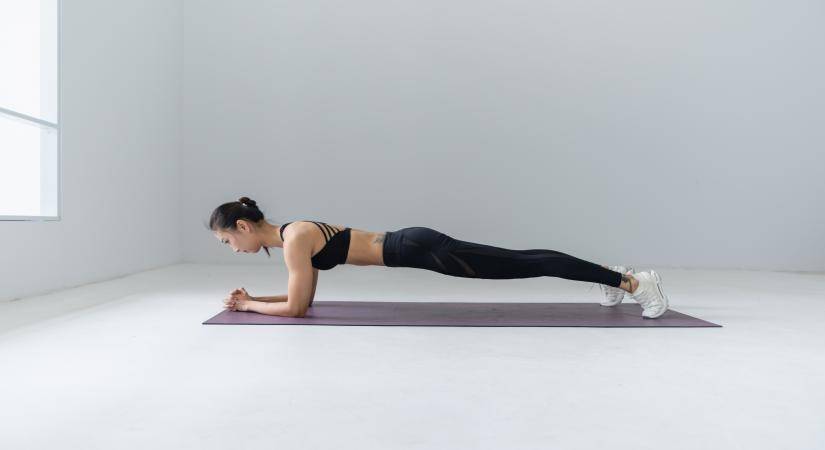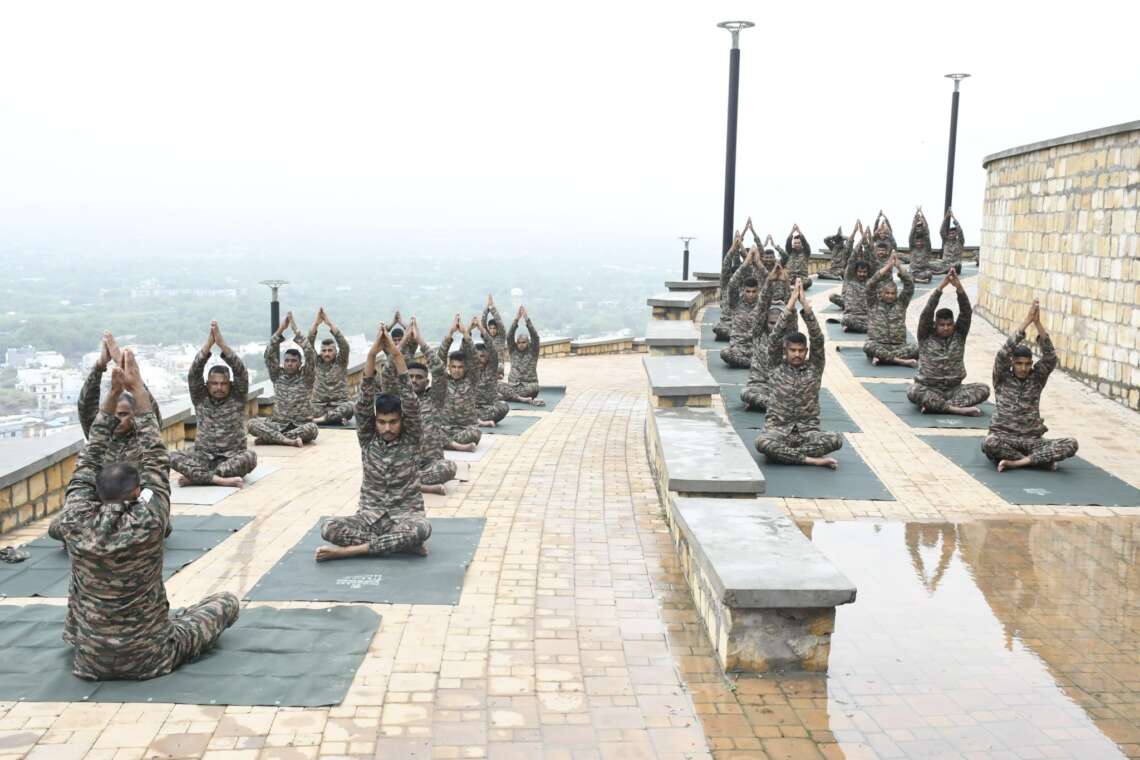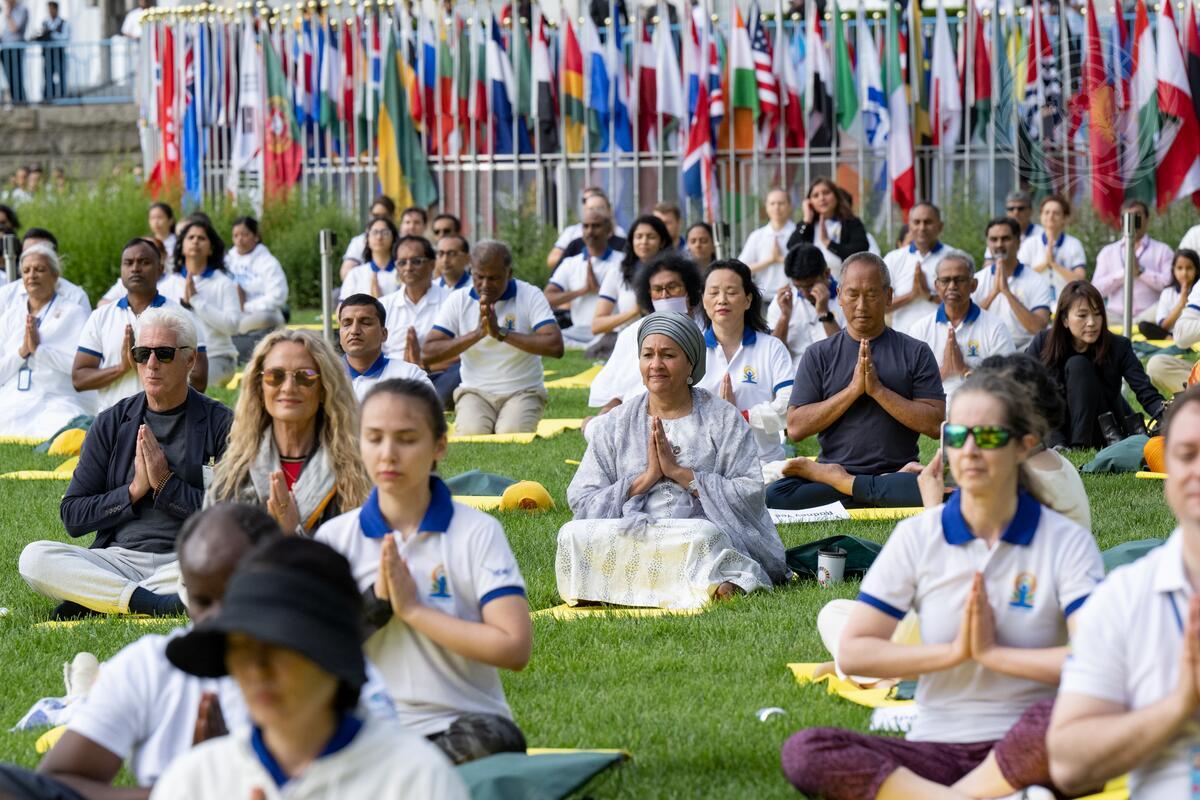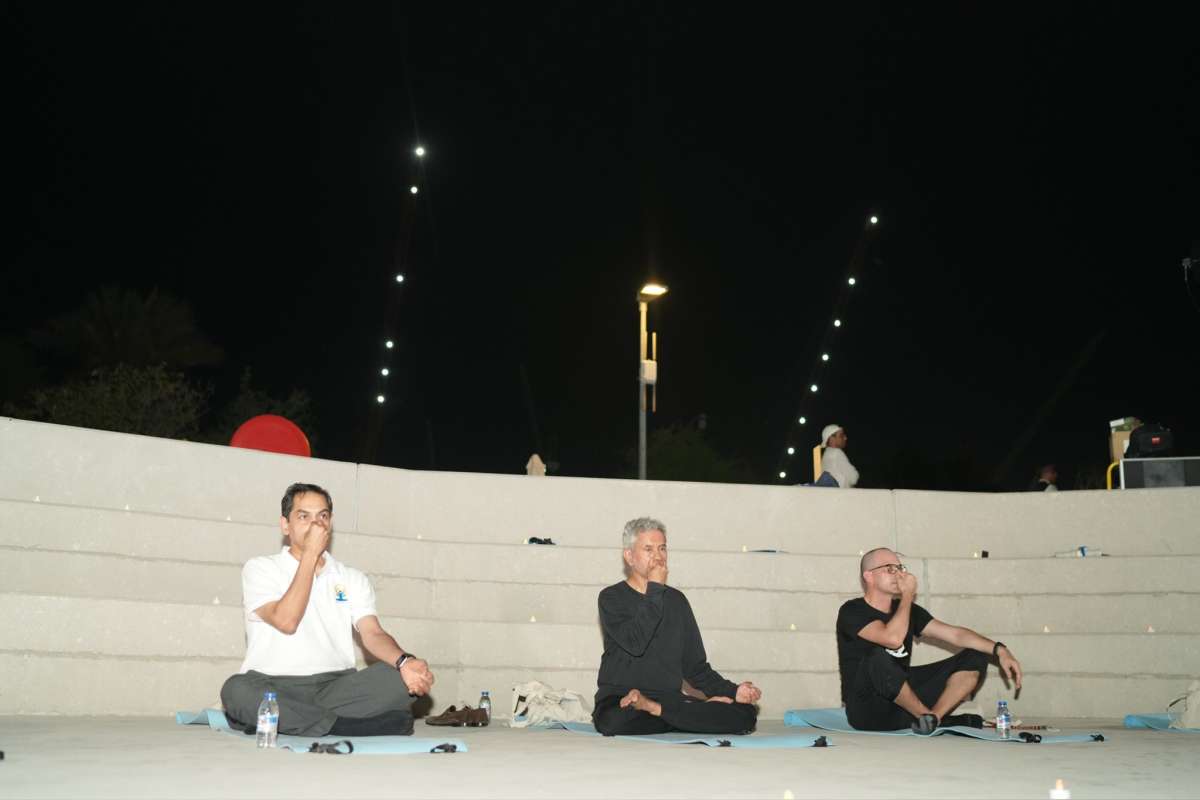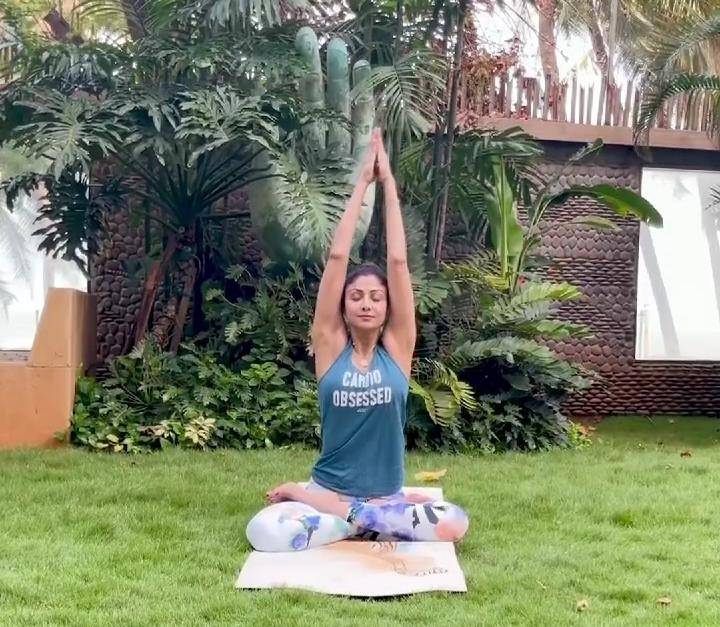Namita Piparaiya, Yoga and Ayurveda Lifestyle Specialist, Founder, Yoganama shares few ways you can extend your yoga practice into your daily life.
Yoga is a powerful practice that works on both the body and mind; that is why it helps in transforming the whole personality and not just the physical body. However, there’s a common misconception that yoga is all about complicated postures. That by doing a complicated backbend, or after achieving the full splits, we somehow become ‘better than we were before’. It limits the concept of yoga to something that you only do on the mat. It assumes that if you can’t do extreme postures, you can’t ever be good at or practice yoga.
Namita Piparaiya, Yoga and Ayurveda Lifestyle Specialist, Founder, Yoganama shares few ways you can extend your yoga practice into your daily life.
Moderation
As we learned from Goldilocks, moderation is the approach of ‘neither too much nor too little’. Moderation can be followed in all aspects of life, such as diet, speech, exercise, possessions, and everything else. The opposite of moderation would be either overindulgence which is harmful. Or completely denying ourselves to the extent of suppressing our needs which almost always backfires in the long run. Moderation keeps you away from extremes and therefore is a very sustainable strategy as it takes up very little energy.

You experience this in a yoga class when you hold postures for a more extended period. If you push yourself too much, you’ll come out of the pose before the time is up due to pain or extreme discomfort. Equally, if you are lazy while practicing, you won’t benefit from the time you’re spending on the mat. Apply the right amount of effort, and you have a rewarding yoga practice that leaves you feeling recharged and refreshed. And the ‘right effort’ can be different for everyone; that’s why everyone’s yoga practice will look different.
Mindfulness
Mindfulness refers to present moment awareness. It is a very powerful and well-researched practice that can change the very structure of our brain. Mindfulness meditation makes us more rational, less impulsive, and even increases our grey matter. The good thing is mindfulness can be practiced anytime during the day and not just while you’re meditating. You can be mindful when you’re eating, when you’re brushing your teeth, when driving, and so on. All you have to do is become completely aware of the activity you’re doing by observing it in full detail.
If you’ve done a yoga class, you’ve undoubtedly experienced mindfulness. Yoga is a great mindfulness practice because all postures are done with breath awareness. Even in Sun Salutations, you follow a specific breathing pattern. Each movement or transition is accompanied by an instruction to either inhale, exhale or hold the breath. When you hold a difficult single-leg balance like Natrajasana, you automatically become more mindful that you would lose your balance without awareness. In this way, yoga trains you to become aware of what you’re doing with the help of the breath or the difficult nature of posture. It is a great skill to start applying in your everyday life — both in emotional moments or while doing banal tasks like washing dishes.

Equanimity
Try doing a single leg balance when very angry or emotional, and you’ll likely have some trouble. In extreme circumstances, our inner emotional balance gets disturbed, reflecting in our physical state. In yoga, you learn to bring your balance back by taking some deep breaths or doing some gentle kriyas to re-center the body and mind.
And you can employ the breath anytime during the day when you feel overwhelmed. It could be if you’re angry at your boss or had an argument with a colleague, have received a defective product, or are stuck in traffic! With Yoga, you’ve trained yourself in resetting your nervous system by using your breath. And that’s a skill that you can employ multiple times during the day to be stronger and more patient to deal with the stresses of modern life.
In fact, without this skill, you cannot sit in meditation because the mind would be highly distracted. That is why in yoga, you practice pranayama before meditation as the breath helps your thoughts settle down. After that, your meditation can be productive as you will have better focus and concentration.
With consistent and regular yoga practice, you learn the value of the right amount of effort that teaches you the concept of moderation. A new or challenging posture leads you to stay in the present moment and be more mindful. And by employing the breath, you learn to consciously relax and unwind even in stressful situations such as a challenging posture. In this way, you develop the mental stamina and fitness to navigate your everyday life.
ALSO READ: Five Tips To Help You Breathe Easy
ALSO READ: YOGA: India’s Gift to The World


